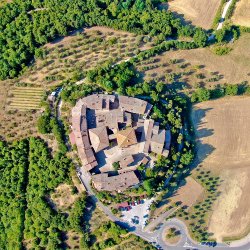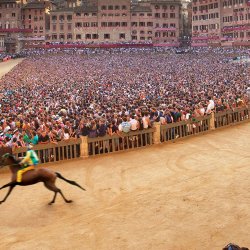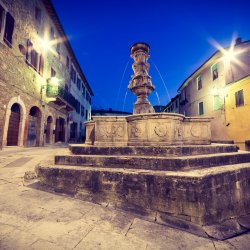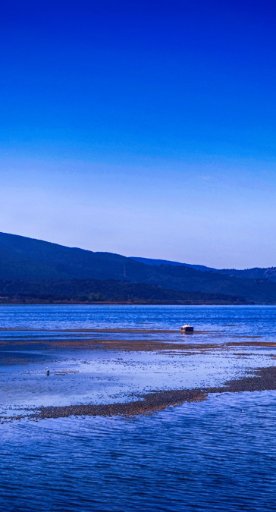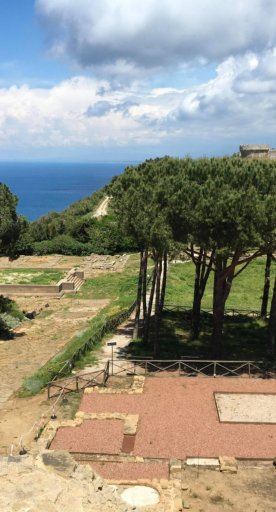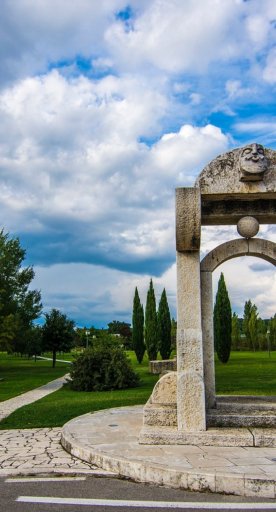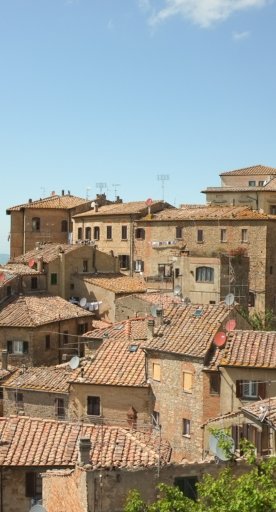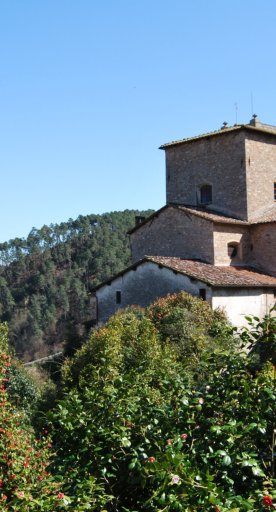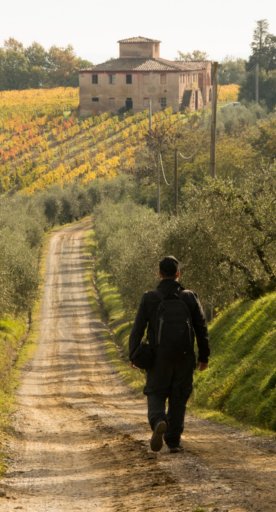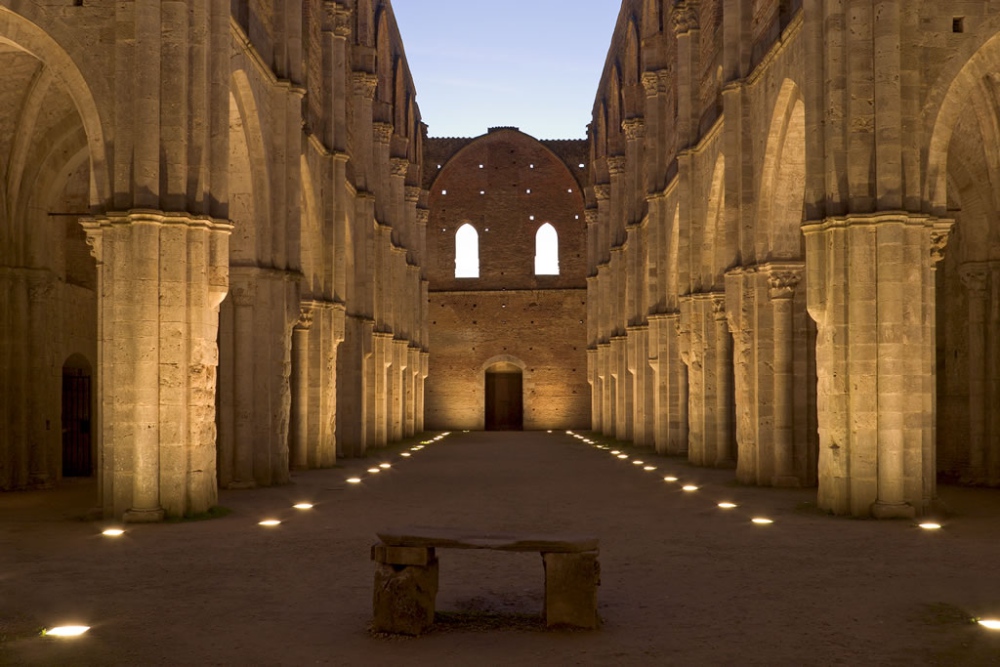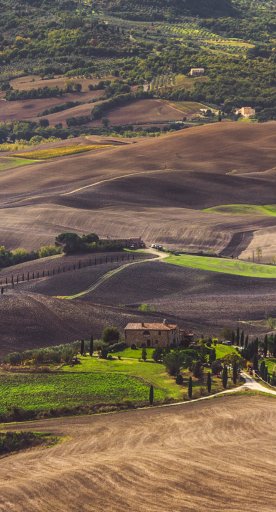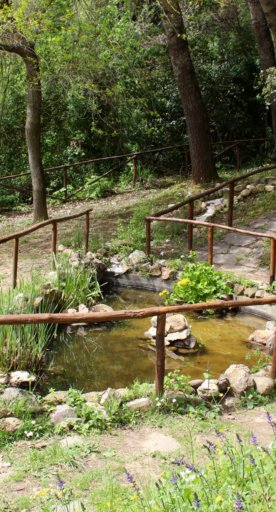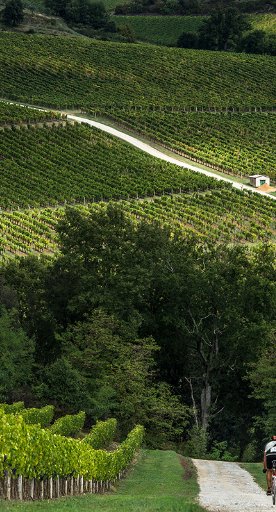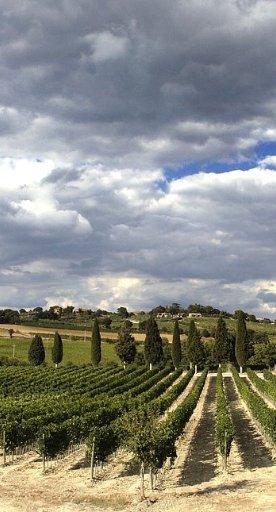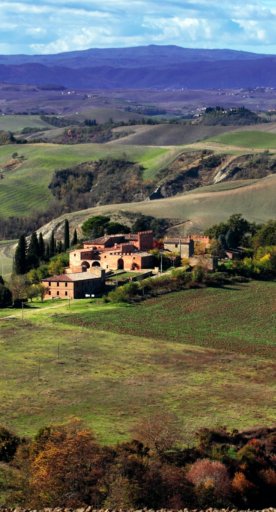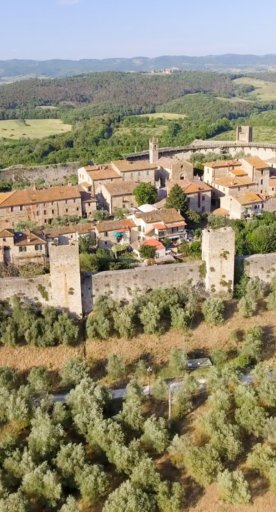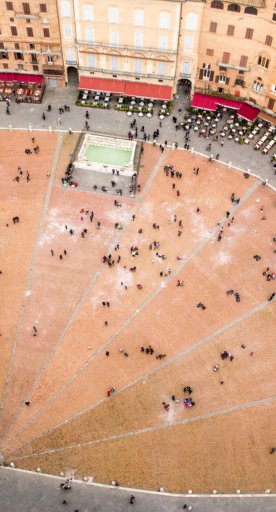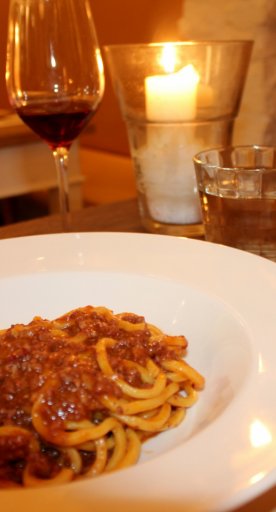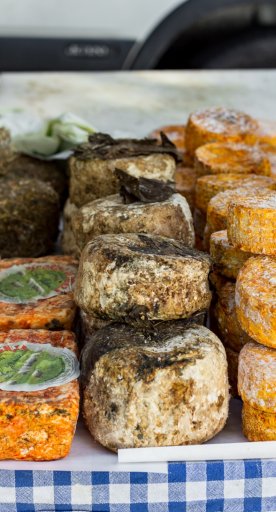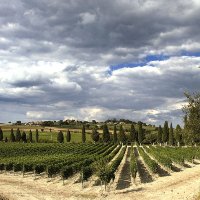
Via Francigena: how to prepare for a pilgrimage
Make the best of your adventure along the Via Francigena
The journey along the Via Francigena trail (also know as the way to Rome) can be physical or spiritual. In any case, the idea is to remove distractions and to concentrate on the pilgrimage, whatever your purpose is. People go on pilgrimages for different reasons. Sometimes the journey is religious, in the footsteps of a medieval pilgrim, but more often modern pilgrims have no specific reasons, but go on the journey to meditate, to reconnect with nature, to face inner problems or to challenge themselves. You need to prepare your journey in advance and this post will help you to plan and pack, making the best of your adventure along the Via Francigena.
-
1.Define an action plan
-
2.Choose your destination and route
-
3.Start a walking plan ahead of time and prepare your feet
-
4.Book your transport and accommodation
-
5.Pack your things
-
6.Pack your sense of adventure
Define an action plan
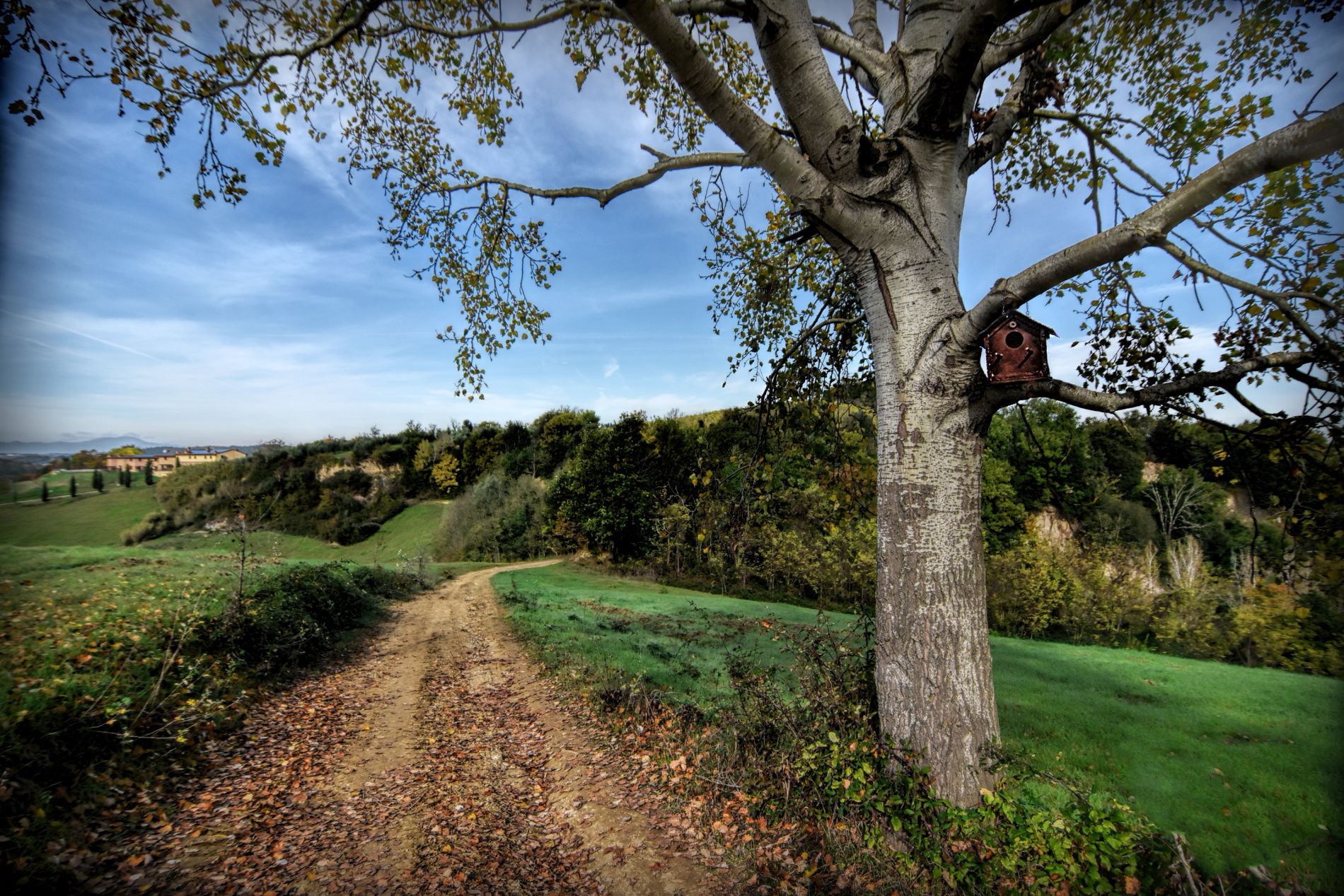
One of the first things to do is to select a period. Summer is usually busier and incredibly hot, but days are longer, so you have more daylight hours available. Winter is solitary, cold, wet and physically more demanding, but absolutely magical. Autumn tends to be milder than spring, but you’ll miss the blooming flowers. The second thing to decide is how many days you can dedicate to the pilgrimage. Even if you have just one day, don’t worry, there are plenty of legs that can be achieved in one day, especially from May to September so you can have at least 14 hours of daylight. Allow time to complete the journey gently, don’t be in a rush because this is a less-is-better kind of journey. Clear your mind and allow some breaks into your routine to fully experience the pilgrimage. Lastly, decide how to explore the Via Francigena: by bike or on foot.
Choose your destination and route
Once the period and the length of the journey are decided, work with an initial itinerary that suits your goal and interests, planning a stretching but achievable daily walking distance and looking for natural, significant and/or scenic stopping points along the way.
The Tuscan Via Francigena can be divided into 16 legs, you can choose a single leg of the Via Francigena or the entire path. It covers 354 kilometres (220 miles) and you need around 3 weeks to complete the entire route on foot. The trail touches towns and villages immersed in the most beautiful Tuscan landscapes from Pontremoli in the north to Radicofani in the south of Tuscany. Where to find out all about the Via Francigena:
- The official website of the Tuscan leg: viafrancigenatoscana.it
- The official European site: viefrancigene.org
- The Via Francigena on social: Facebook, Twitter, Instagram. The official hashtags are #FrancigenaToscana and #InstaTuscany, use them to share your adventure!
Start a walking plan ahead of time and prepare your feet
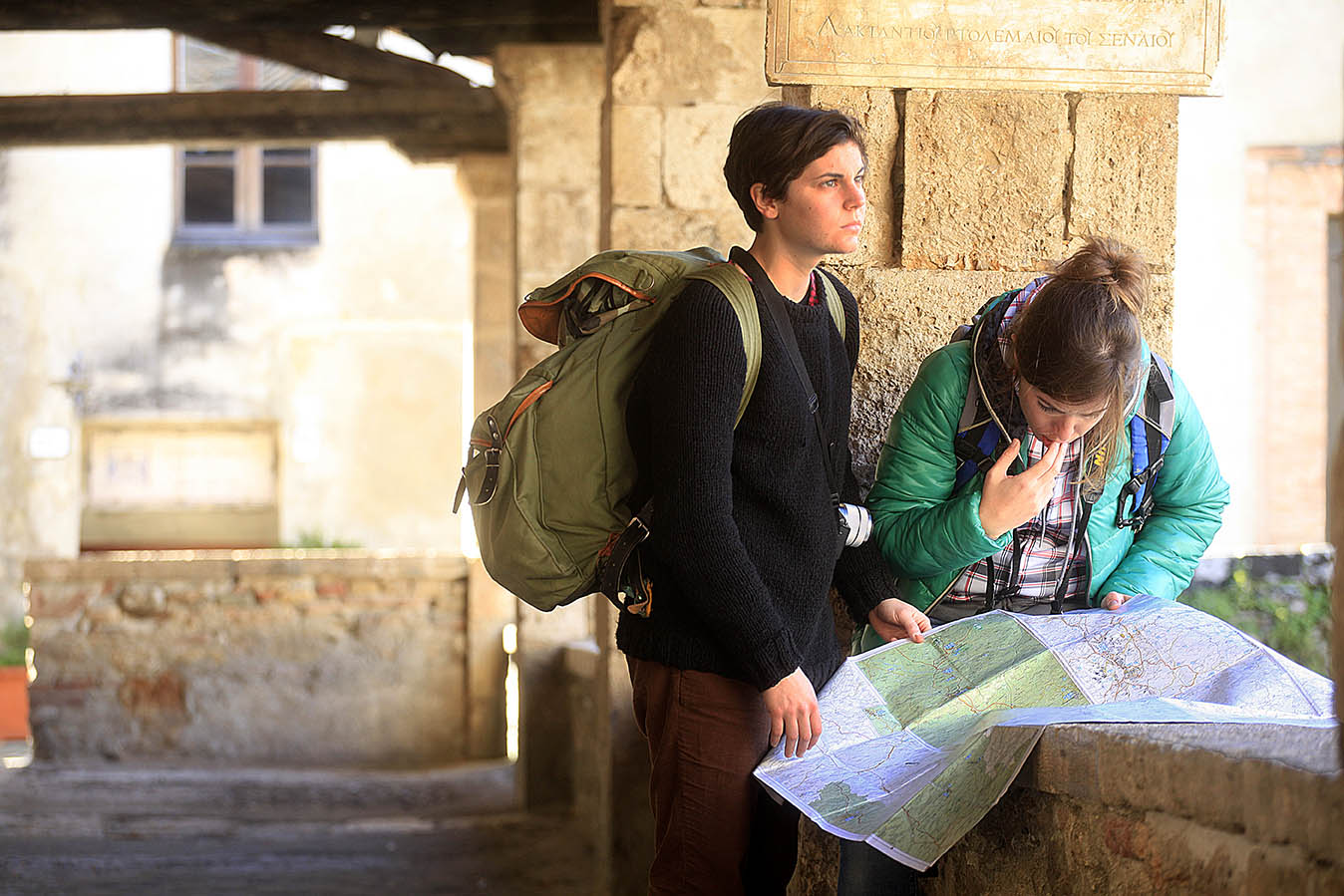
If you want to complete the 354 kilometres (220 miles) pilgrimage route in Tuscany without putting yourself in danger, you should walk around 5 km (3 miles) a day, a year or months in advance of the pilgrimage to physically prepare, especially if you are not in good physical shape. If you have just one month to exercise, walk 6-16 km every couple of days, increasing that to daily in the remaining fortnight.
The Tuscan section of the Via Francigena is shorter than the Camino De Santiago (St. James Way), but the trail is much more challenging, so a good physical preparation is highly recommended. Nevertheless, if you decide to pick just one of the easiest legs, you don't need to prepare in advance. Get good, rigid, ankle-supporting walking or hiking boots. Buy them in time to try them before you go. Make sure your boots are as comfortable as possible. You'll be living in these boots!
Book your transport and accommodation
Book your train tickets online to Tuscany as early as you can to secure the cheapest fares. Usually, to reach a starting point along the Via Francigena, you need a regional train or a bus which are cheaper and connect most cites. You don’t need to pre-book a regional train online because the price is fixed and reserving a seat is not possible. Free or wild camping is not legal in Italy, unless you obtain permission from the landowner first. You can seek out accommodation along the way too, but to avoid wasting precious time, we suggest you book your accommodation.
Pack your things
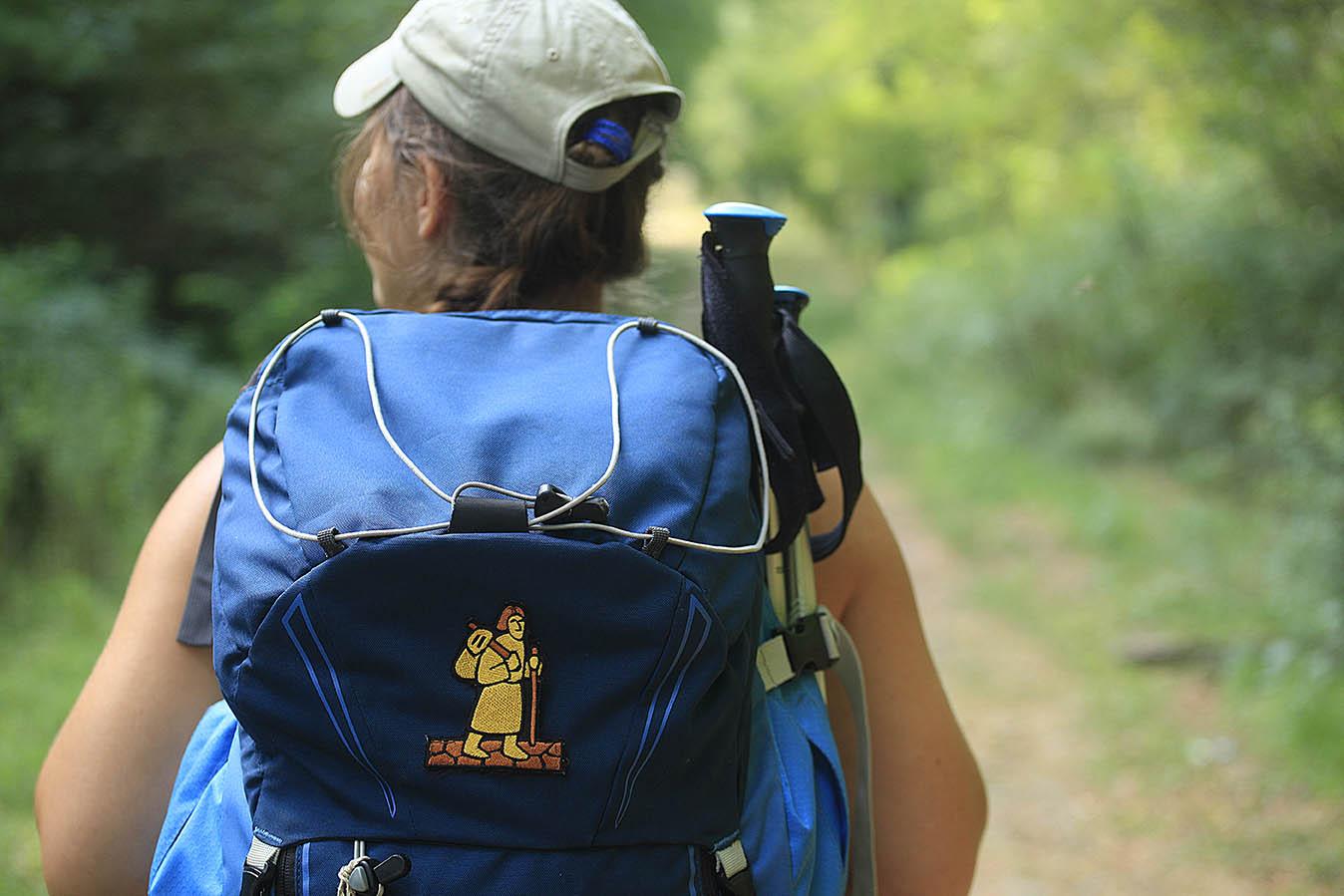
Find the lightest and most comfortable backpack. It should ideally weigh 10% of your body weight, or an average of 7-8kg (15-18lbs) and the best option is a 40 litre rucksack. WHAT NOT TO BRING: get rid of all books (except your Via Francigena guide) and don’t take ‘extras’, Tuscany has many shops if you need to replace something.
A hat and sunscreen are very important, sunstroke is painful and can be dangerous. Choose a hat that protects against the sun and rain. If you bring one made out of cotton, in summer you can soak it in water from time to time to keep your head cool.
The Pilgrim passport is a personal document that hikers on the Via Francigena fill out during their journey as a souvenir of the road they have travelled. By presenting this document to participating parish churches and municipalities, pilgrims can receive special stamps on their passport.
Pack your sense of adventure
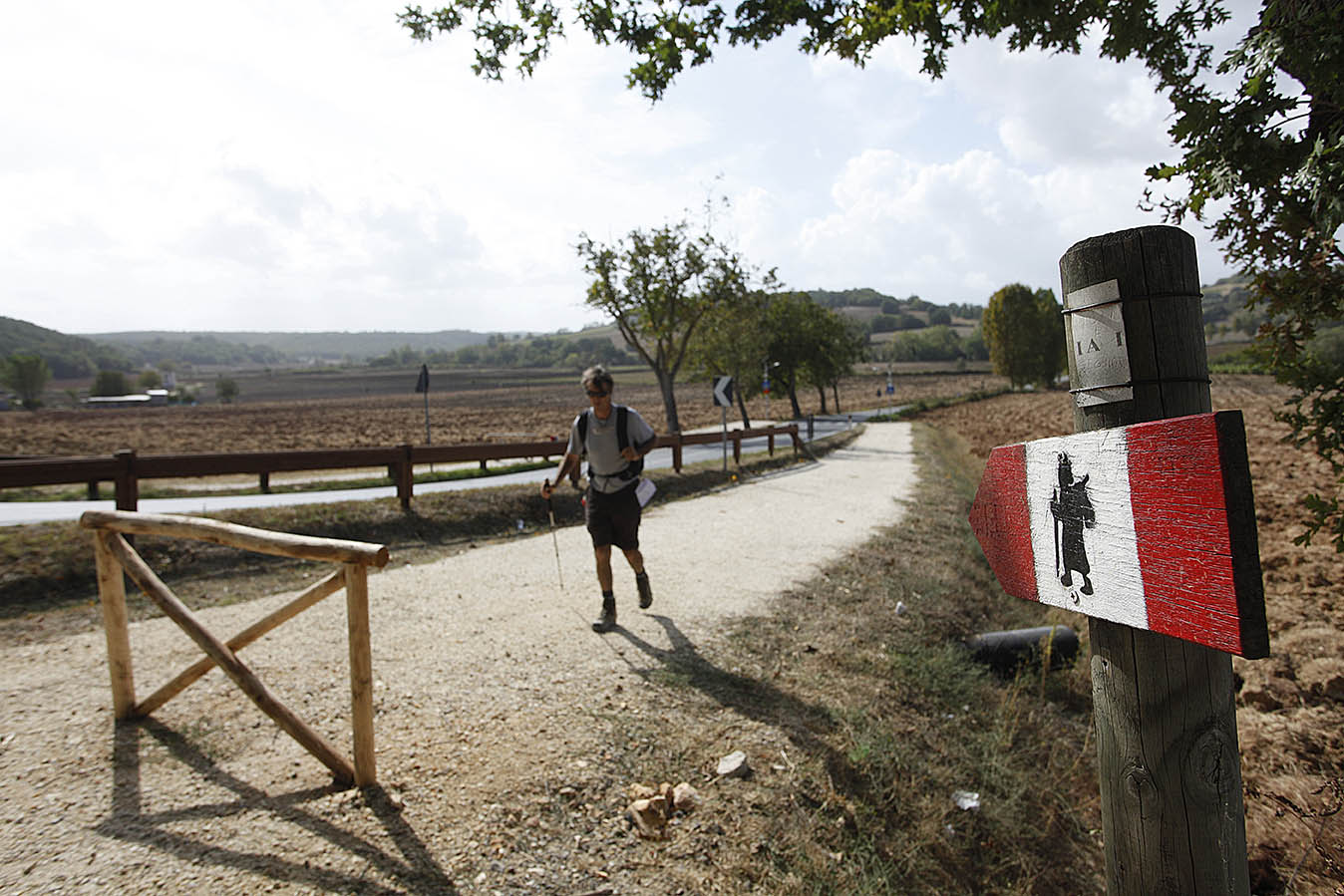
Along the way, you'll come across signs with a range of different symbols and logos, but the official route has its own specific signposts. You'll be leaving behind the world as you know it and you are going to meet new people and places, enjoy this inner and outer adventure.
Article written by Kinzica Sorrenti


